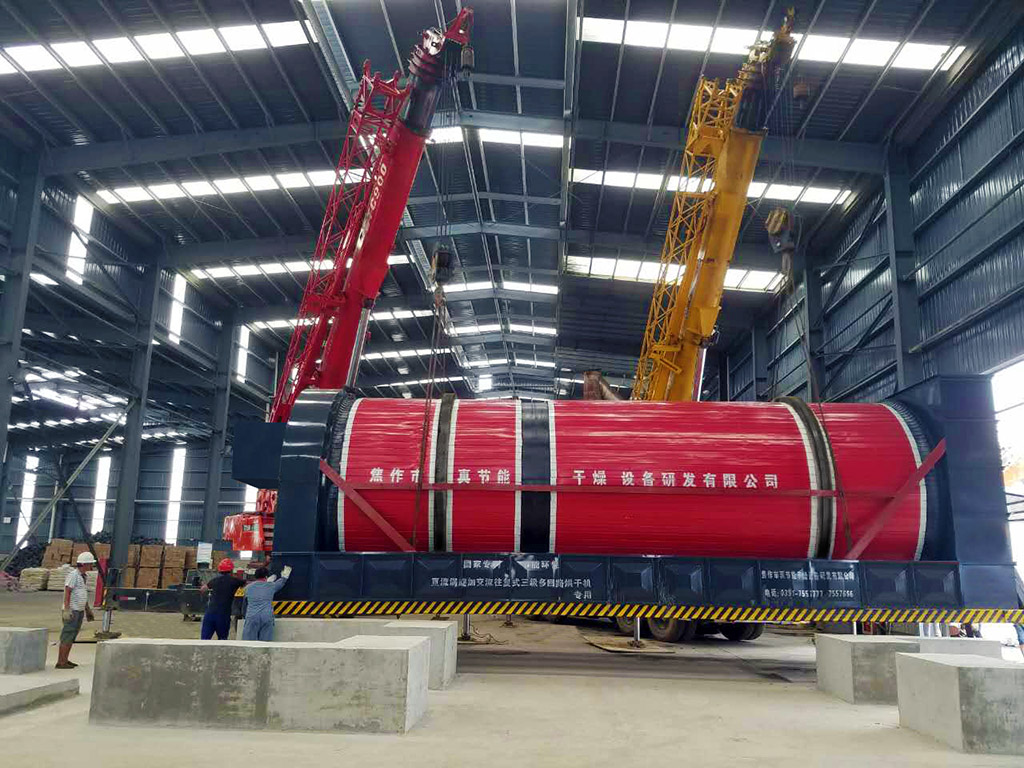| Message: | Though rich in protein, fat, carbohydrates and some minerals and other nutrients, okara is traditionally used to raise pigs, chickens, cattle and other livestock. For small-scale manufacturers, there is no problem, but for large and medium-sized bean processing plants, it is very difficult to manage.Large and medium-sized manufacturers have a large amount of soybean residue. Fresh okara has a high water content, and if undried, it is difficult to transport and store. In the summer, if failing to be disposed of in time, okara will be spoiled and deteriorated in 3 days, polluting the environment while losing the original use value.
Due to the large moisture, high viscosity and large processing quantity of the bean dregs, the old dryers are far from ideal. In order to pursue high-efficiency, energy-saving, high-quality and environmentally-friendly drying technology, the company has been toiling for more than 30 years and engineered the "Rotary-flying triple-stage multi-loop" bean dregs dryer, which can dry the high-moisture bean dregs into the finished product in one step. The output can reach 100 tons, and the dried bean dregs display good color and even heat effect. The unique "spinning and crushing" device in the sleeves can prevent sticking, agglomeration and sticking of the okara to drum walls. The equipment can fully meet the requirements of local environmental protection policies, reduce environmental pollution, and effectively improve the utilization of bean dregs.
The dried bean dregs can be processed and reused, generally in the following ways:
1、Reused as food ingredients, dietary fiber, reused in making soy sauce, etc.
2、Used in making convenience foods and drinks
3、To be fermented for animal feed
4、Synthesized into metal ion remover
China ZJN helps clients finance their drying machines and parts and provides lifelong aftersales services. |
 my account
my account
 log out
log out
 my account
my account
 log out
log out
